Schools today are vastly different from what they used to be, especially when it comes to regulations. Delving into the annals of history, we uncover some truly bizarre school rules that once dictated students’ lives.
While some of these rules might elicit a chuckle or two, others might leave you scratching your head. Join us as we explore eleven peculiar school rules from the past that highlight just how much times have changed.
Mandatory Left-Handedness Conversion
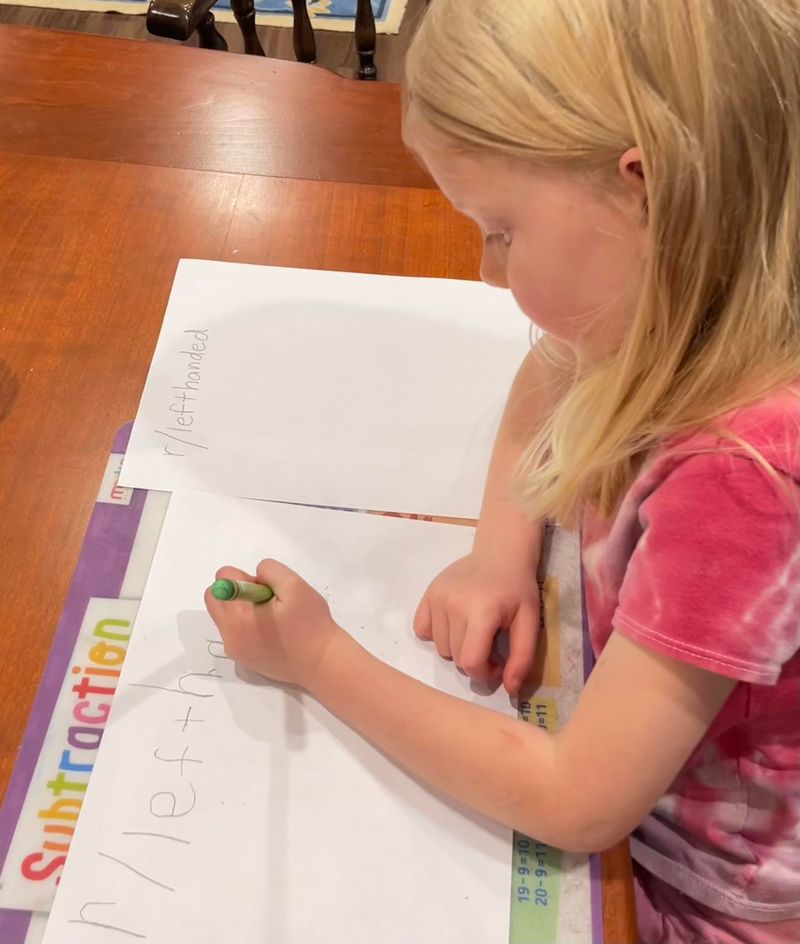
In the not-so-distant past, left-handed students were often forced to switch to their right hand. Educators believed left-handedness was associated with negative traits.
The change was supposed to ‘correct’ the child, ignoring their natural inclinations. Such a practice not only disrupted learning but also hampered the student’s natural development.
Today, this would seem absurd, as we understand the importance of embracing each child’s uniqueness. Thankfully, modern education celebrates diversity in all forms, including the way we write.
Such practices remind us how far we have progressed in appreciating individual differences.
No Talking During Lunch

Picture a school cafeteria where silence reigned supreme. In certain schools, talking during lunch was strictly prohibited.
The belief was that silence encouraged efficient eating and minimized distractions. However, this rule stripped away a vital part of a student’s day — social interaction.
Conversations during lunch break help build friendships and foster communication skills. It’s hard to imagine a lunch period today without lively chatter and laughter.
Schools now recognize the importance of informal socialization as a fundamental part of a child’s development.
Strict Dress Codes with Gender Bias

Dress codes have been part of the school system for decades, but past regulations were often extreme and gender-biased. Boys were expected to wear ties and blazers, while girls had to don skirts and blouses.
These strict codes reinforced gender stereotypes and limited personal expression. Nowadays, many schools have adopted more flexible dress codes that respect personal identity and promote comfort.
This shift highlights a broader societal change towards inclusivity and equality. Dressing for oneself, rather than adhering to outdated norms, is now the standard.
Corporal Punishment for Misbehavior

Corporal punishment was once a staple of school discipline. Misbehaving students could expect to face the cane or ruler, meted out by the teacher.
This method was believed to maintain order and instill respect. However, it often instilled fear rather than discipline, leading to an environment of anxiety and resentment.
Today, such practices are seen as abusive and counterproductive. Educational systems now focus on positive reinforcement and understanding.
The shift away from physical punishment has fostered a more supportive and constructive learning environment.
No Left-Handed Desks Allowed
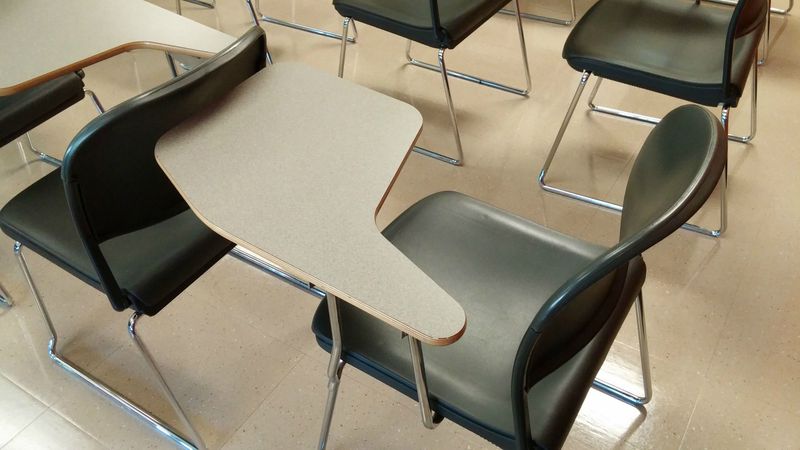
Oddly enough, accommodating left-handed students was once unheard of. Desks were designed exclusively for right-handed individuals, forcing left-handed students into awkward writing positions.
This lack of consideration often resulted in smudged work and discomfort. Fortunately, modern classrooms are equipped with desks that cater to all students, acknowledging the diversity of learning needs.
This change is a testament to the progress in creating more inclusive and supportive educational environments. Embracing differences, rather than ignoring them, is now a fundamental principle in education.
No Recess if Homework Was Incomplete
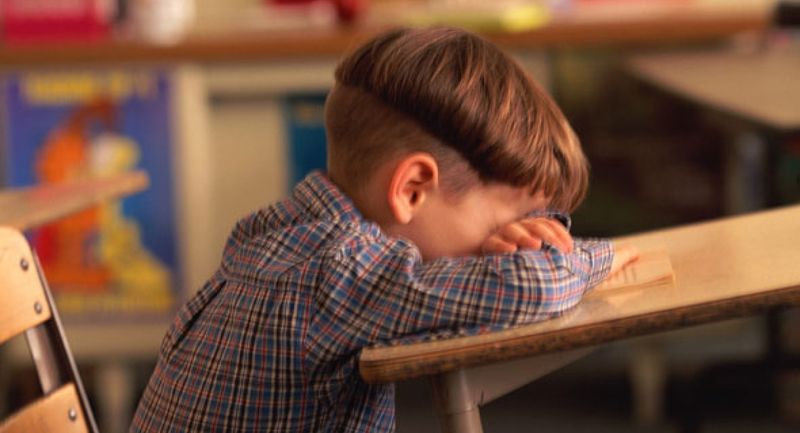
Back in the day, missing homework meant missing recess. This rule aimed to ensure students completed assignments on time.
However, denying children a break often led to decreased productivity and motivation. Recess is essential for physical activity and mental refreshment, which are vital for effective learning.
Modern educational philosophies emphasize balancing academic responsibilities with the need for downtime. Schools now encourage holistic development, recognizing that breaks are crucial for maintaining focus and enthusiasm in students.
This shift underscores the importance of nurturing well-rounded individuals.
No Extracurricular Activities for Girls

In the past, girls were often excluded from extracurricular activities, particularly sports. The prevailing idea was that such activities were ‘unladylike’ and unnecessary for girls.
This exclusion limited opportunities for girls to develop teamwork and leadership skills. Today, gender equality in schools ensures that all students have access to a wide range of activities.
Encouraging participation in extracurricular activities is now considered essential for personal growth and development. This evolution reflects a wider societal recognition of the importance of equal opportunities for all genders.
Strict Hair Length Regulations

Rigid hair length rules were once the norm. Boys were required to keep their hair short and neatly trimmed, while girls had to maintain specific styles.
This focus on appearance overshadowed more important educational goals. Today, such restrictions would be considered intrusive and unnecessary.
Schools now prioritize individuality and self-expression over conformity. Allowing students to choose their own hairstyles reflects a broader acceptance of personal identity.
This change highlights a shift towards valuing the person behind the appearance, promoting a more inclusive and accepting environment.
Mandatory Standing for Teachers
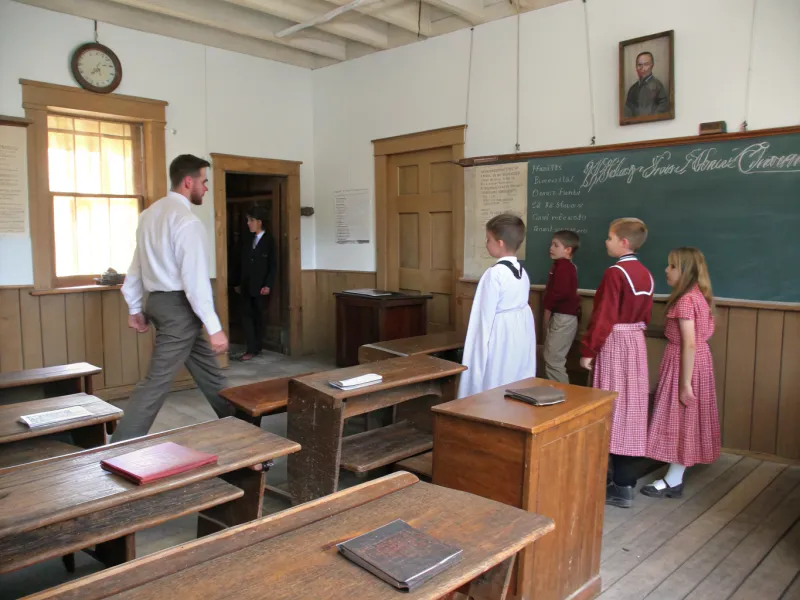
Previously, students were expected to stand whenever a teacher entered or left the room. This was intended to show respect and discipline.
However, it often led to disruptions and wasted instructional time. Today’s educational environments focus on mutual respect without such formalities.
Encouraging a collaborative and interactive atmosphere enhances the learning experience. This shift reflects a broader understanding of respect as something earned through engagement and empathy, rather than enforced through outdated rituals.
Modern classrooms aim to build connections rather than barriers.
Silent Study Hall Sessions
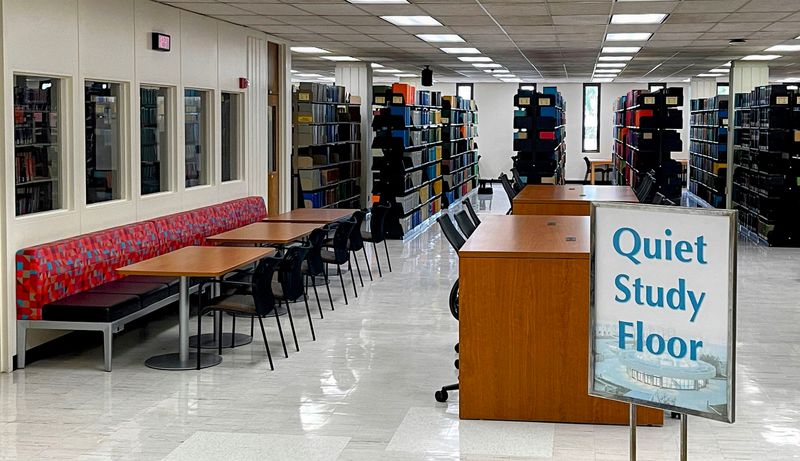
Once upon a time, study halls were strictly silent zones. The idea was to maximize concentration and productivity.
However, it often stifled collaborative learning and limited peer interaction. Today, schools recognize the value of group study and discussions, fostering an environment where students can share ideas and learn from each other.
The evolution from silent study halls to dynamic learning spaces mirrors the shift towards understanding diverse learning styles. Encouraging dialogue and collaboration is now seen as key to effective education.
No Personal Expression in School Work
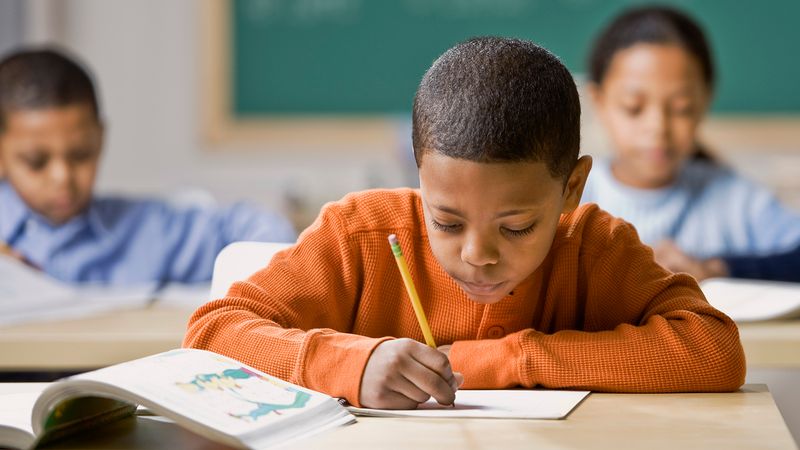
Creativity was once stifled by rigid guidelines. Students were required to produce uniform work, devoid of personal expression.
This rule aimed to maintain consistency but often quashed individuality and creativity. Today, the educational emphasis is on encouraging originality and critical thinking.
Allowing students to express themselves in their work leads to more engaged and motivated learners. This shift towards valuing creativity highlights the broader understanding of education as a means to inspire and cultivate unique talents, preparing students for a world that values innovation and diversity.
